Michael Leyva’s show at the Goldenberg Mansion was a display of his vision while honoring tradition within the weaving communities in the Philippines
Along with silent excitement, a story unfolded—a tale not just of fabrics and designs, but of hearts intertwined with history. The stage was set, the lights dimmed, and the Isang Pilipinas show by Michael Leyva commenced, weaving together a thread that resonated with the very soul of the Filipino spirit. The weaving fabrics from different corners of the Philippines breathed life into his creations, infusing them with authenticity and soul. The careful selection of textiles paid homage to the skillful hands of weavers who have lovingly preserved their heritage through generations.
RELATED: Heart Evangelista Illuminates in Michael Leyva’s ‘Isang Pilipinas’ Show
The show’s ambiance was further elevated by the historic Goldenberg Mansion, a fitting backdrop that encapsulated the essence of the event. The meticulously restored mansion, nestled within the Malacañang complex, provided an enchanting setting that perfectly complemented Leyva’s creations. It was a union of heritage and modernity, a seamless fusion that mirrored the essence of the collection itself. More than that, it was a poignant narrative that spoke to the deepest recesses of the Filipino heart.
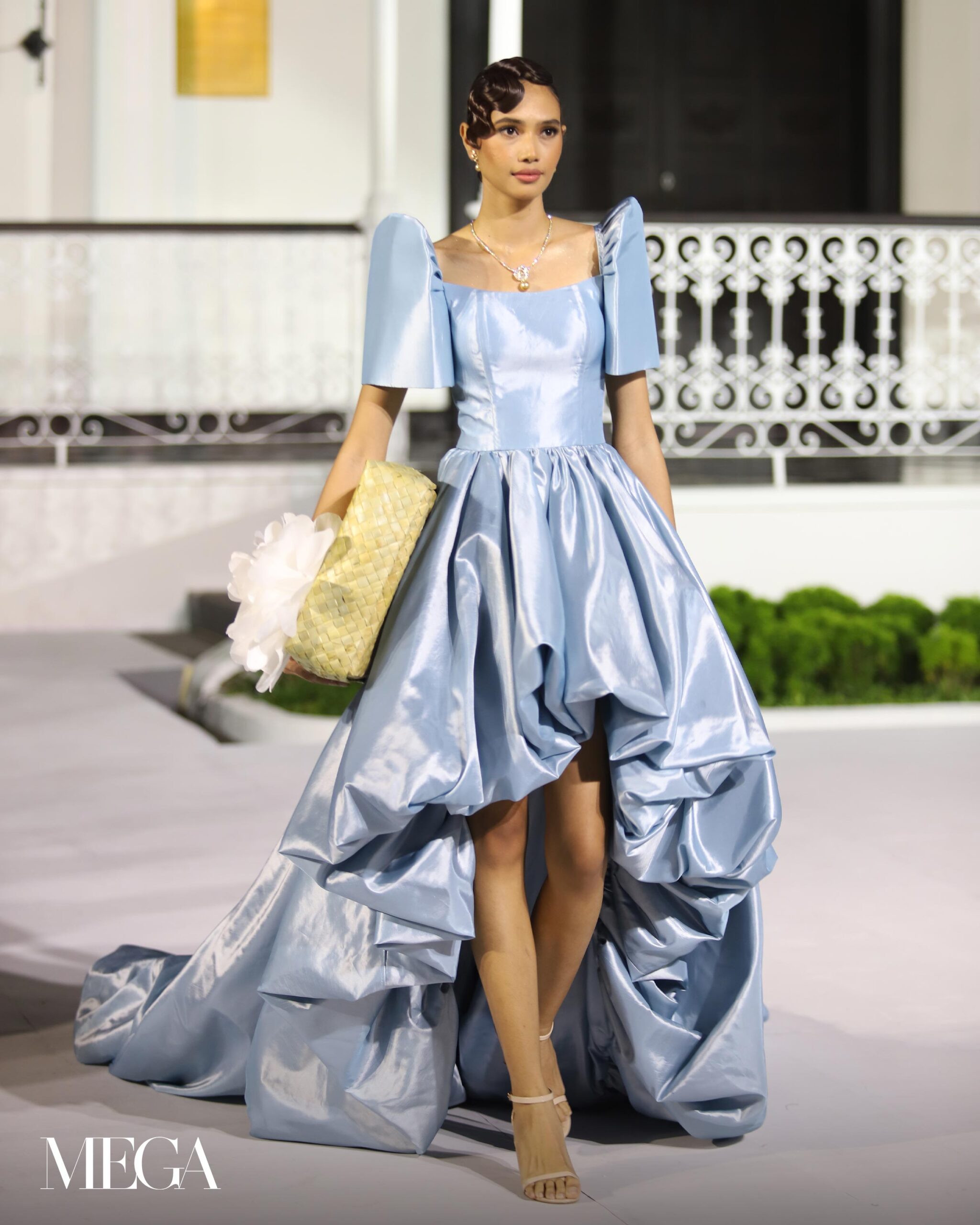
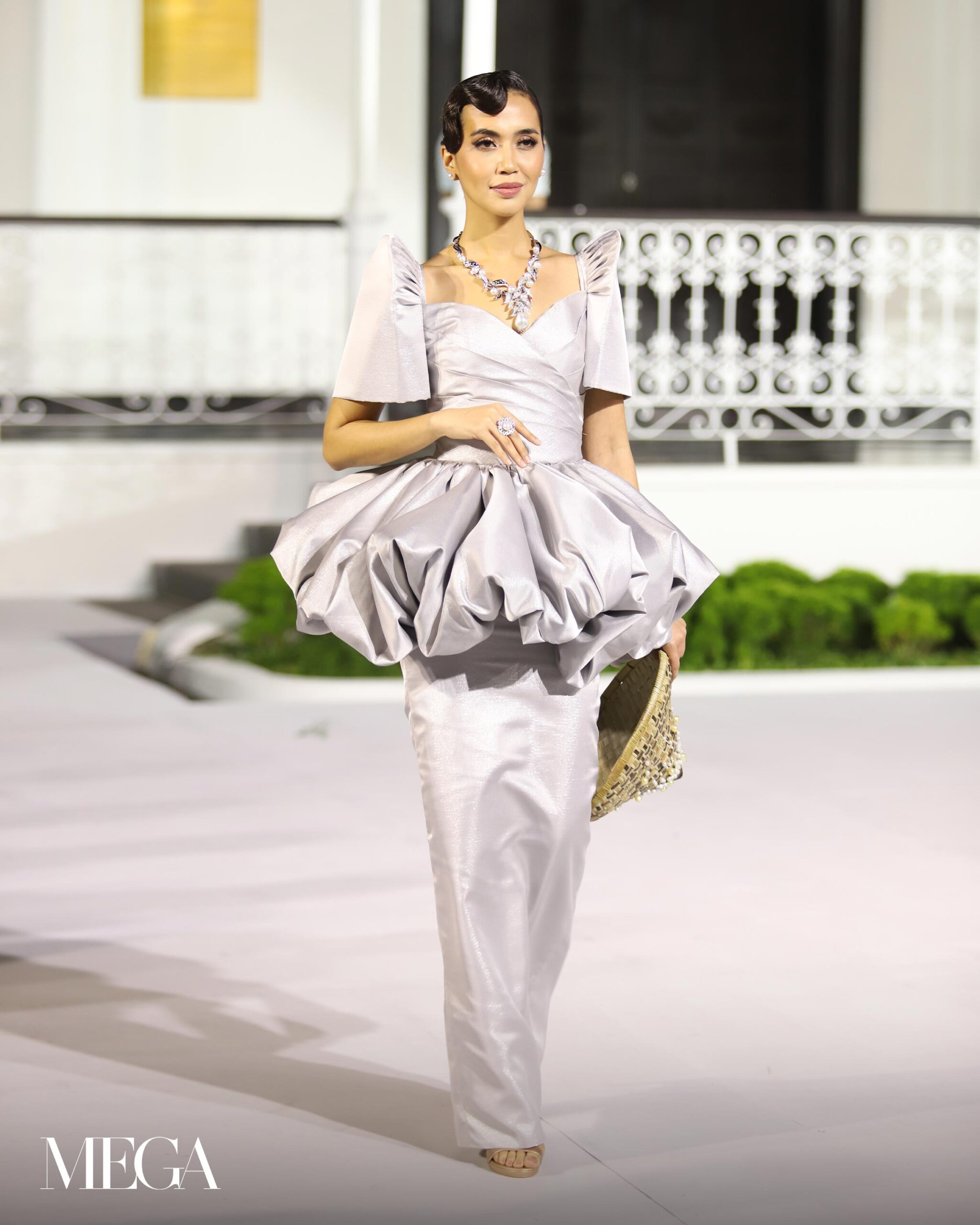
The journey embarked upon was one of both geographical and emotional landscapes, carved into three distinct segments: Luzon, Visayas, and Mindanao. Each island group unfurled its own unique textile and weaving legacy, a tangible embodiment of heritage. Luzon, adorned in the regal abel from Ilocos and the supple abaca from Albay, took the stage with an air of dignified elegance. Visayas, draped in the patadyong textile and the intricate hablon weaving process, danced with an effervescent grace. Mindanao, bedecked in the rich inaul and vibrant t’nalak, stood as a radiant tribute to the Muslim culture that thrives within its embrace.
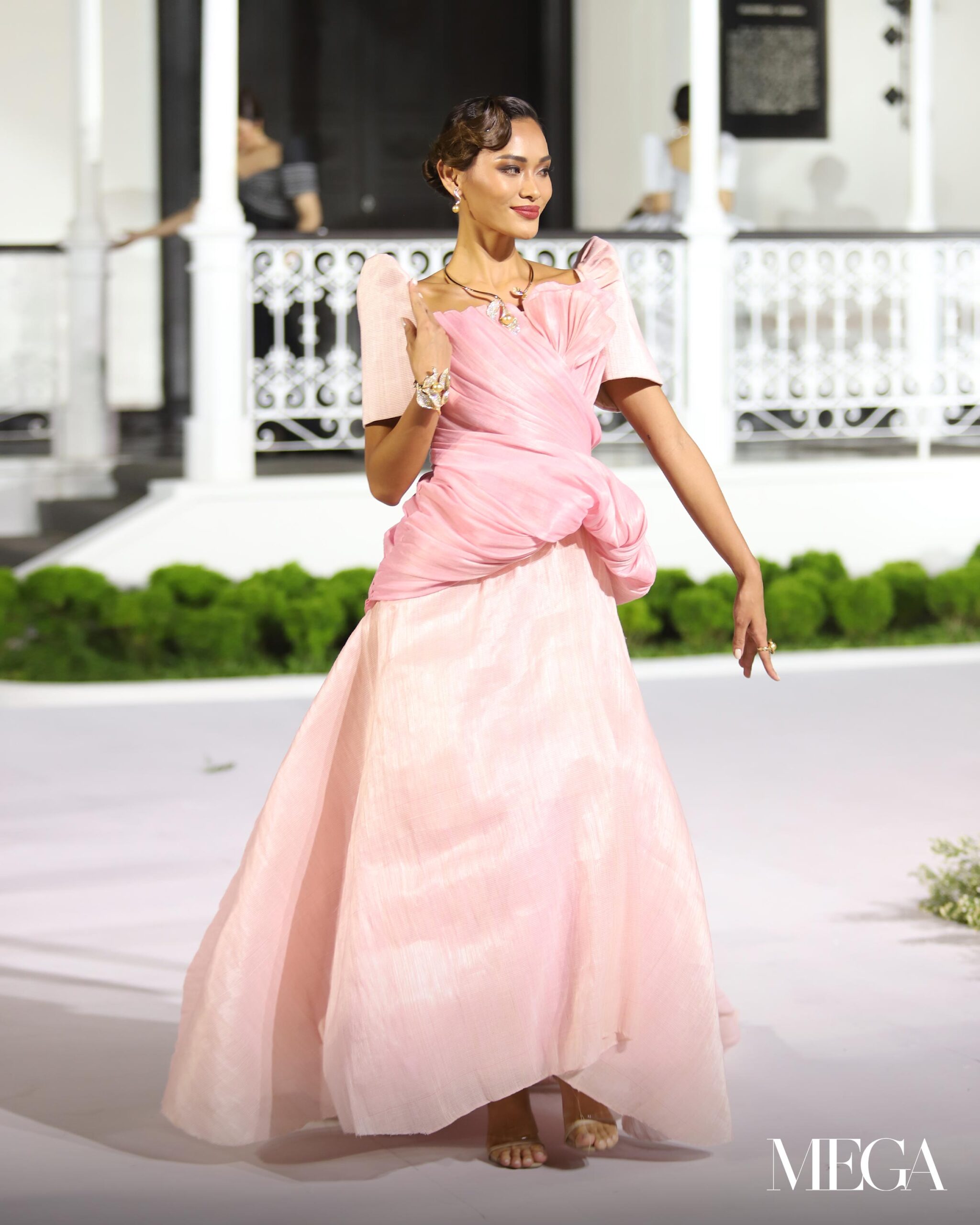
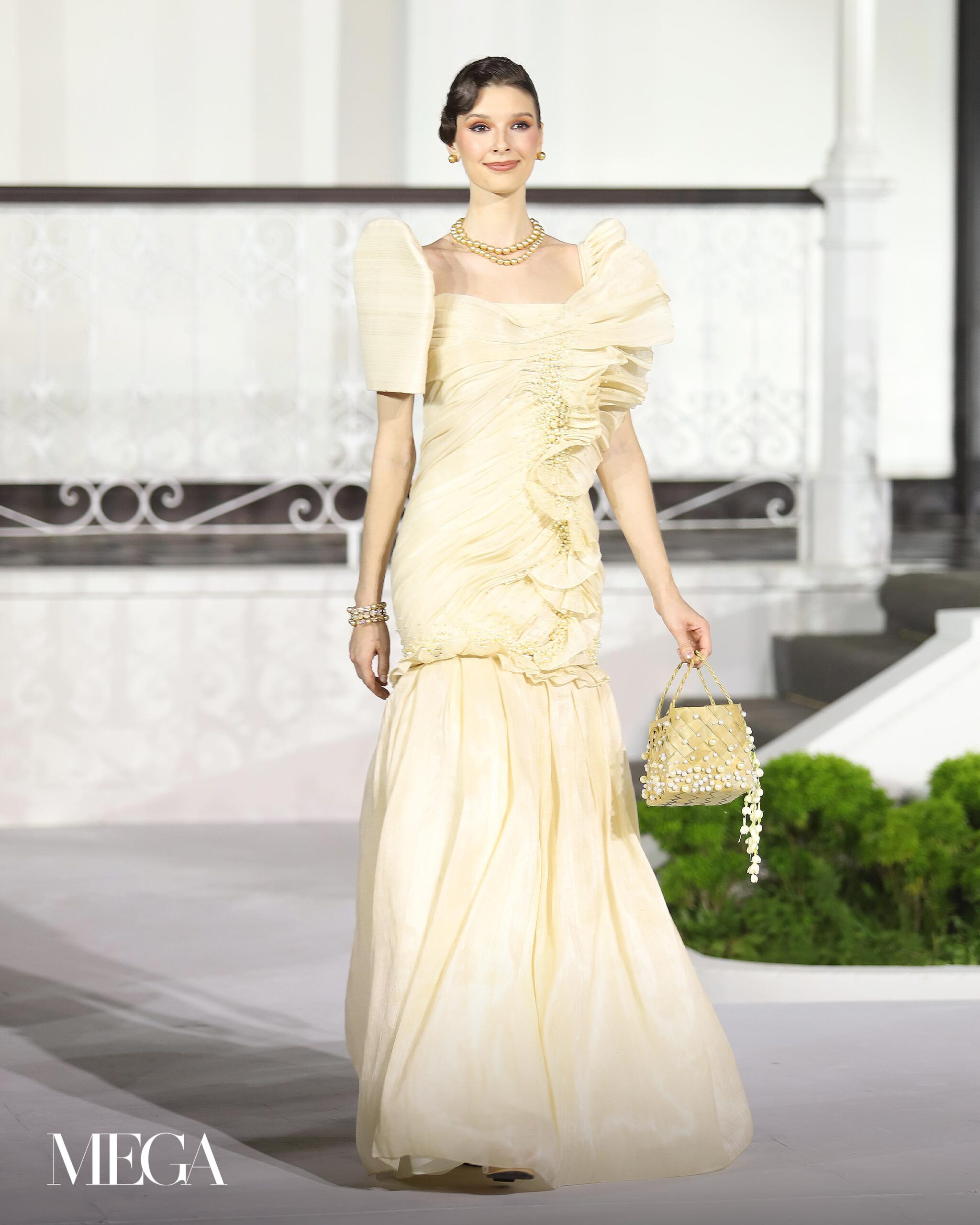
The Luzon segment, which opened with the ethereal presence of Heart Evangelista, seemed to channel the spirit of Maria Clara herself, gazing down upon the audience with a quiet strength. As the Visayas segment unfurled, Dr. Hayden Kho and daughter Scarlet became a heartwarming embodiment of family and unity, while Dr. Vicki Belo radiated maternal pride. Mindanao, predominantly Muslim, stood as a jubilant tribute to a people rich in narrative.
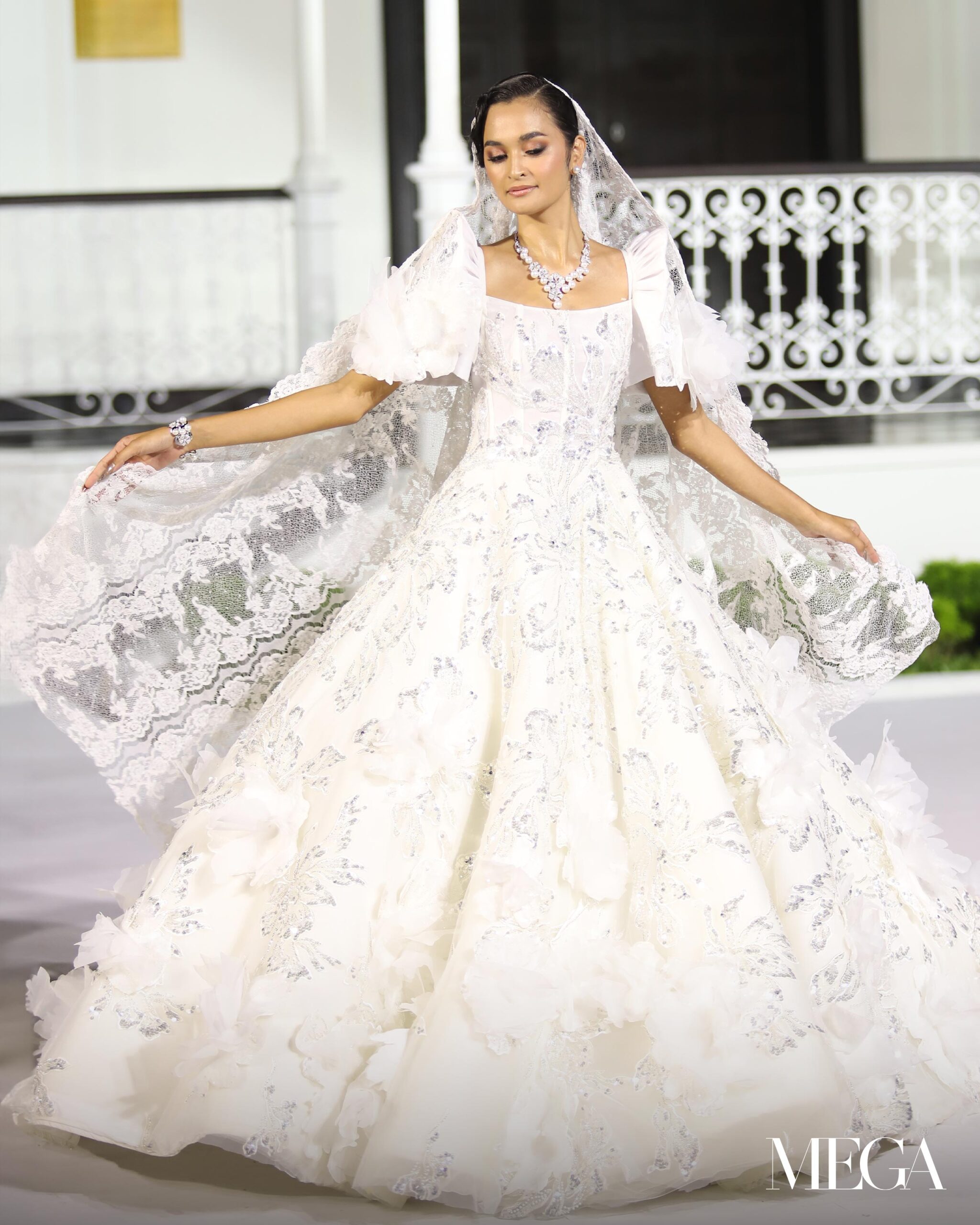
Yet, amidst the awe-inspiring ensembles and captivating models, the heart of the show pulsed with a purpose far beyond aesthetics. The collection was about the process of weaving and the tradition it brings about. It was about the weavers, the unsung heroes whose nimble fingers breathe life into each textile, each pattern, and each story. It was about people of diverse backgrounds, of the island groups standing united under the banner of artistry.
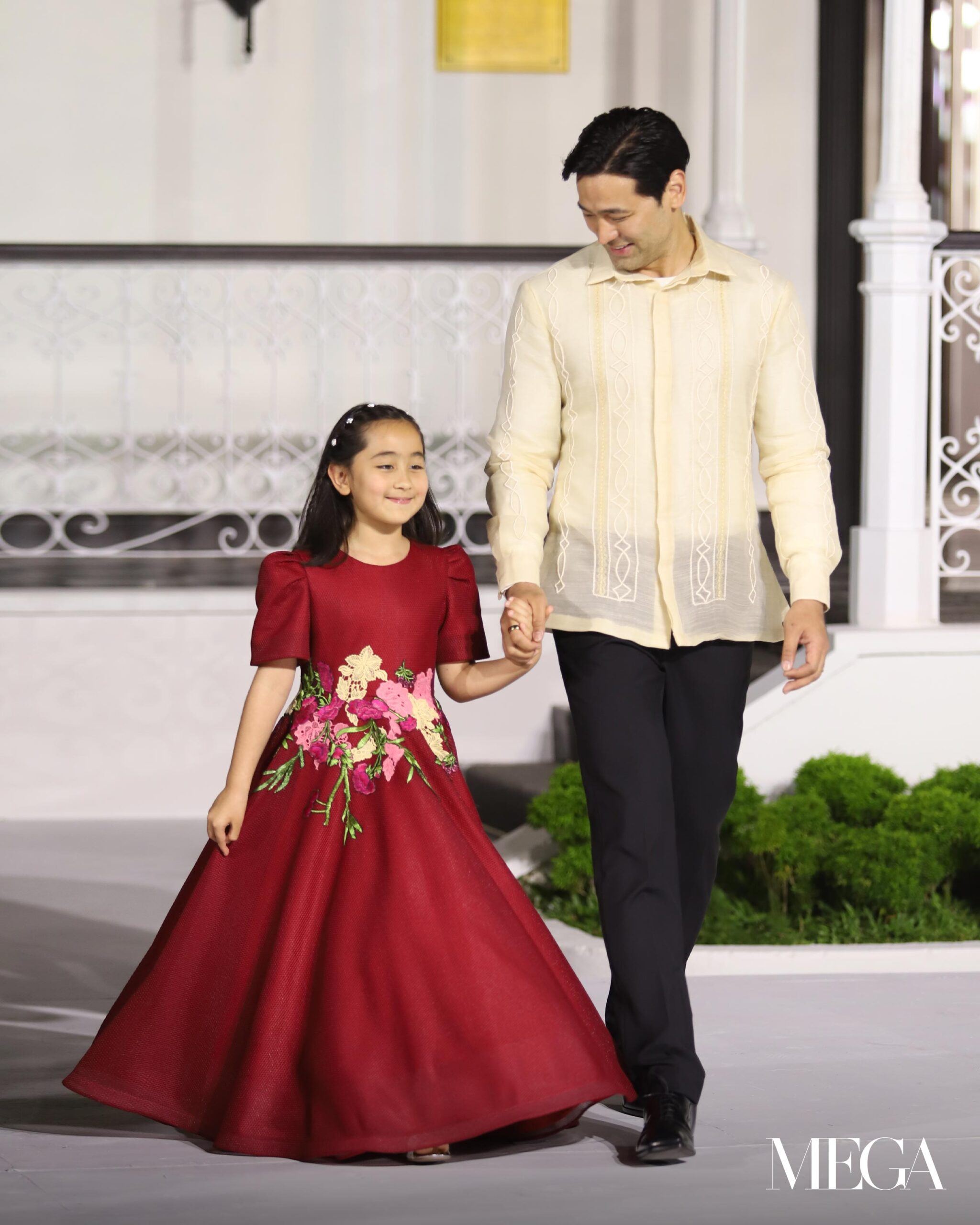
The runway was transformed into stories—each stitch a testament to the threads that bind communities, families, and generations. Isang Pilipinas became a poignant reminder, a call to arms to safeguard the sacred art of weaving, to hold tightly to the legacy of our ancestors. In a world often swept away by the tide of modernity, it was an ode to the value of preserving culture.
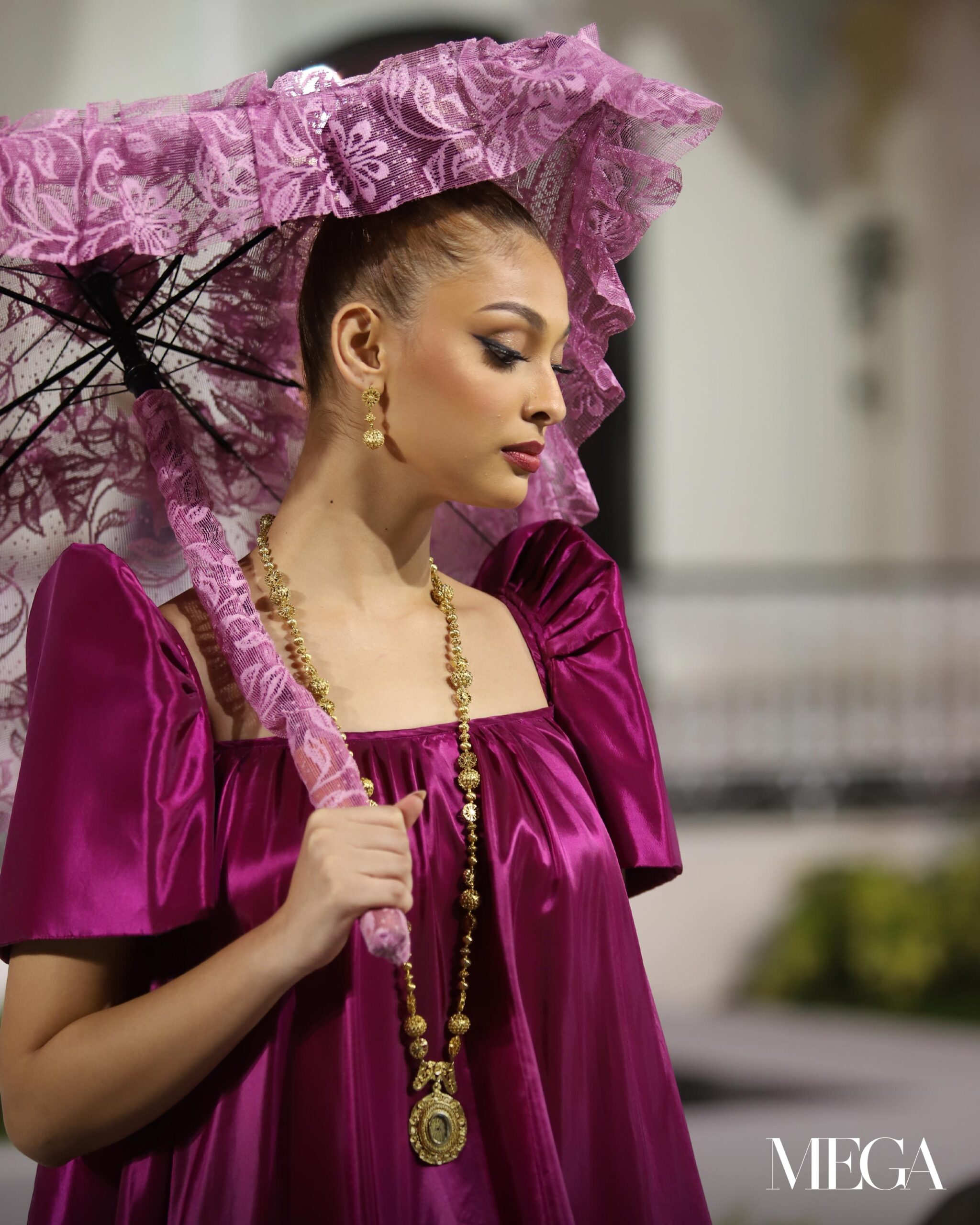
The show resonated with an emotion that transcended time, an evocative hymn to the past, present, and future. Each ensemble, each step taken on that sacred runway, was an embodiment of remembrance—a tribute not only to those who came before us, but also a testament to the unity and strength that resides within the Filipino heart. With every fabric lovingly woven, with every color thoughtfully chosen, Leyva’s masterpiece was a love letter to the weaving communities, a serenade to the artisans, and an anthem to the Filipino identity.

A unity echoed through the air—an orchestration of identities, tied seamlessly together. The Luzon, Visayas, and Mindanao segments, though distinct and unique, converged in a harmonious dance, a graceful interplay of colors, textures, and stories. It was as though each island group had found its perfect counterpart, a reminder that while we may be diverse, we are, undeniably, made for each other.
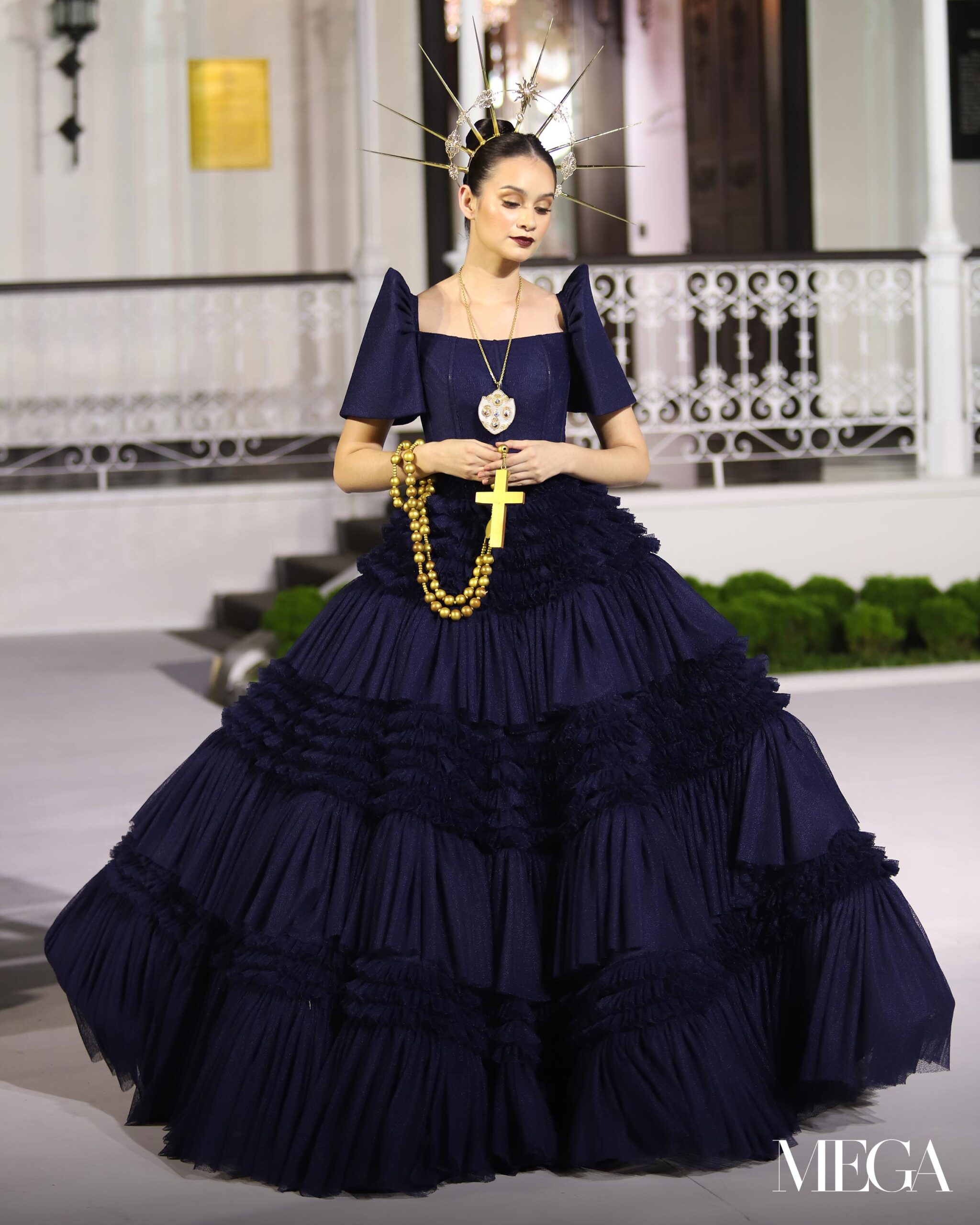
As the audience’s gaze swept across the room, they saw more than just faces; they beheld a community, a gathering of souls brought together by the powerful force of ancestral customs. The weavers were seen, their contributions etched into the structure of the show. It’s about them. When we remember them, we remember ourselves.
And then, as if scripted by destiny itself, the night sky ignited with a burst of brilliance—an explosion of colors and sounds that mirrored the vibrant essence of the Philippines. The evening had transcended mere entertainment, the fireworks painted the heavens with luminous strokes, a dazzling reflection of the Filipino spirit. The spectacle was a crowing crescendo, a visual manifestation of unity, diversity, and shared pride.
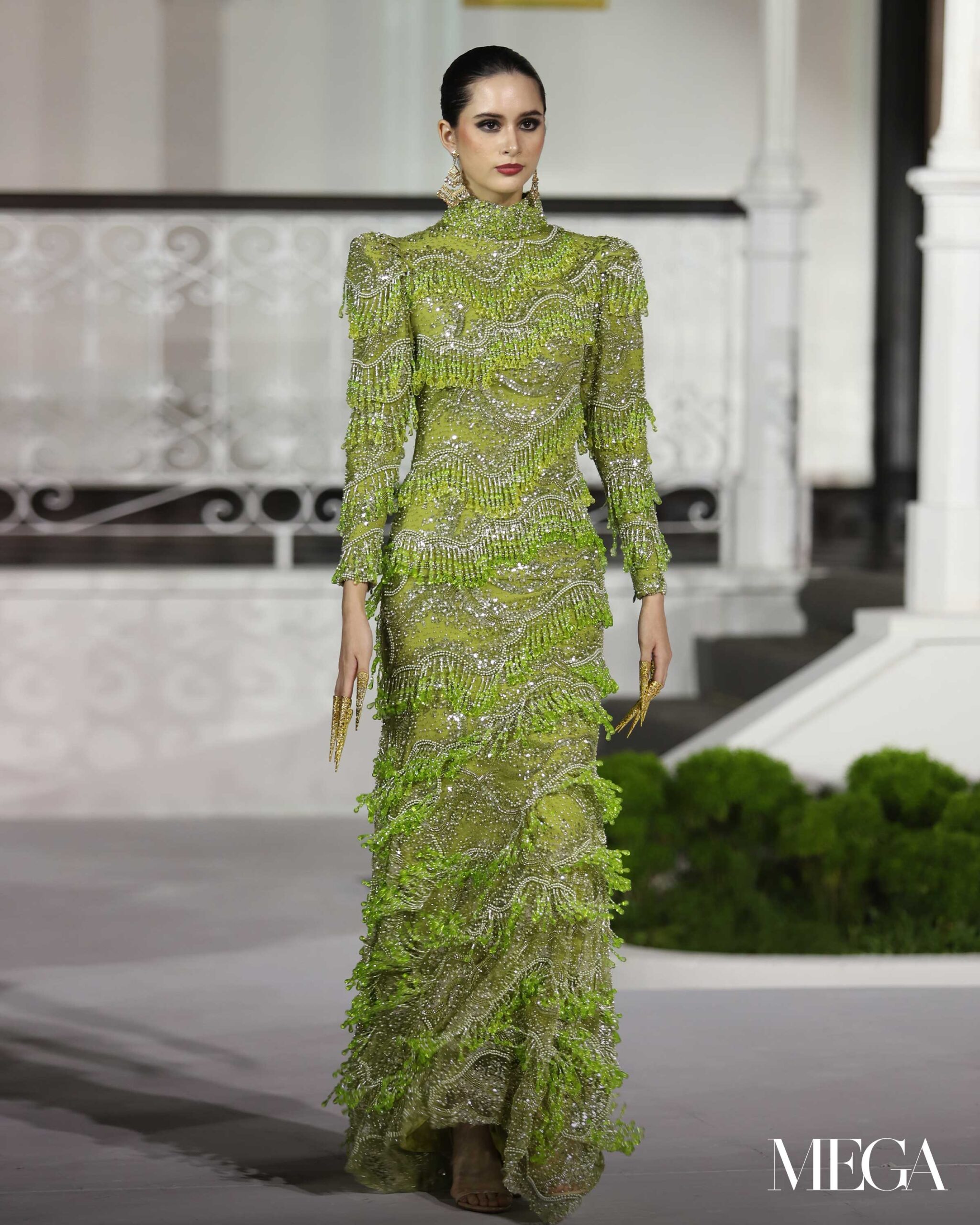
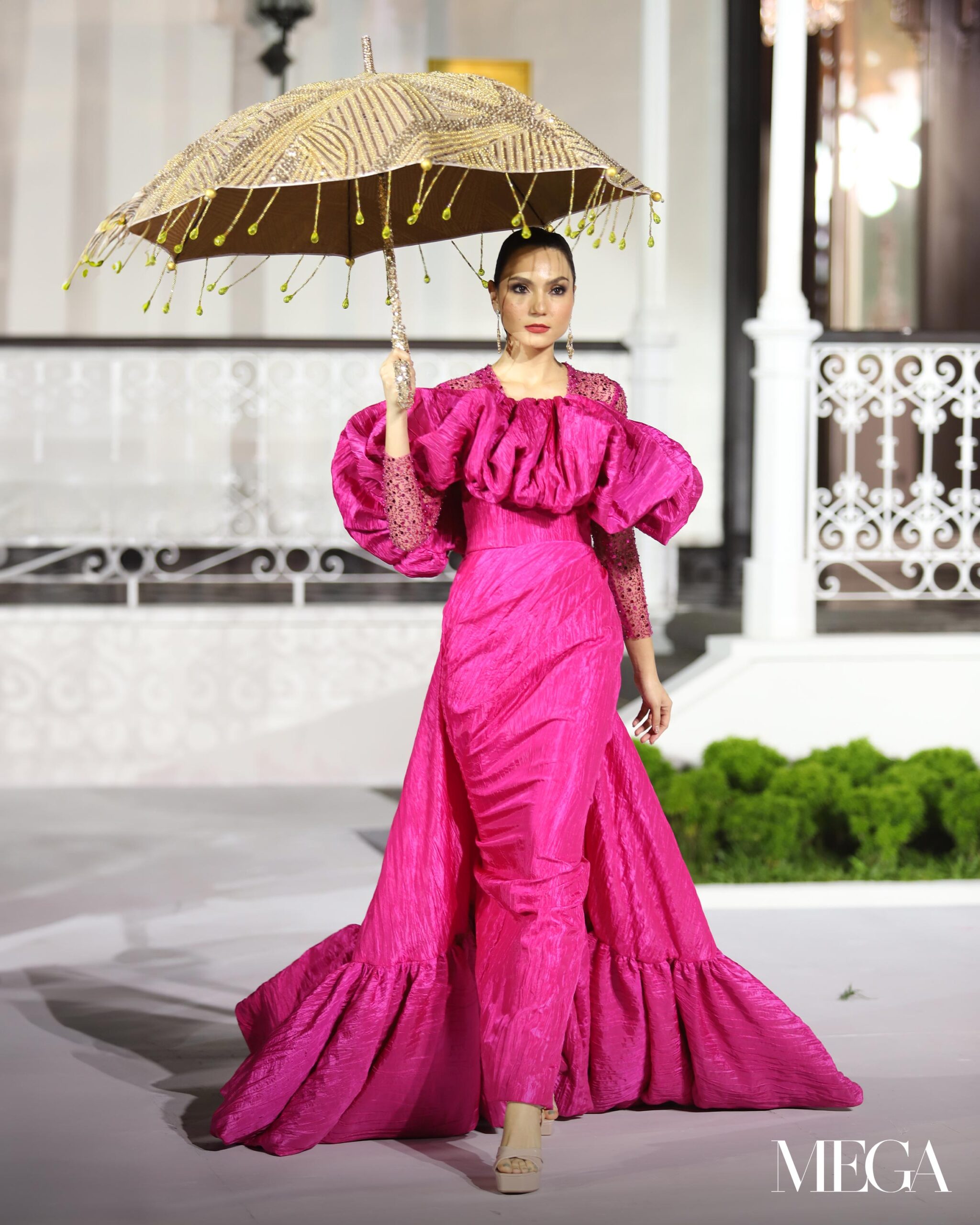
As we departed the venue, our steps were lighter, our spirits lifted, and our souls touched by the profound beauty of Isang Pilipinas. With every step we took, we carried with us a renewed commitment—to preserve, cherish, and continue weaving the rich history of our nation’s story. And as we looked back one final time, we knew that the show was not merely a memory, but a call to action, a reminder that our shared identity, like those masterfully woven textiles, is meant to be seen, celebrated, and never forgotten.
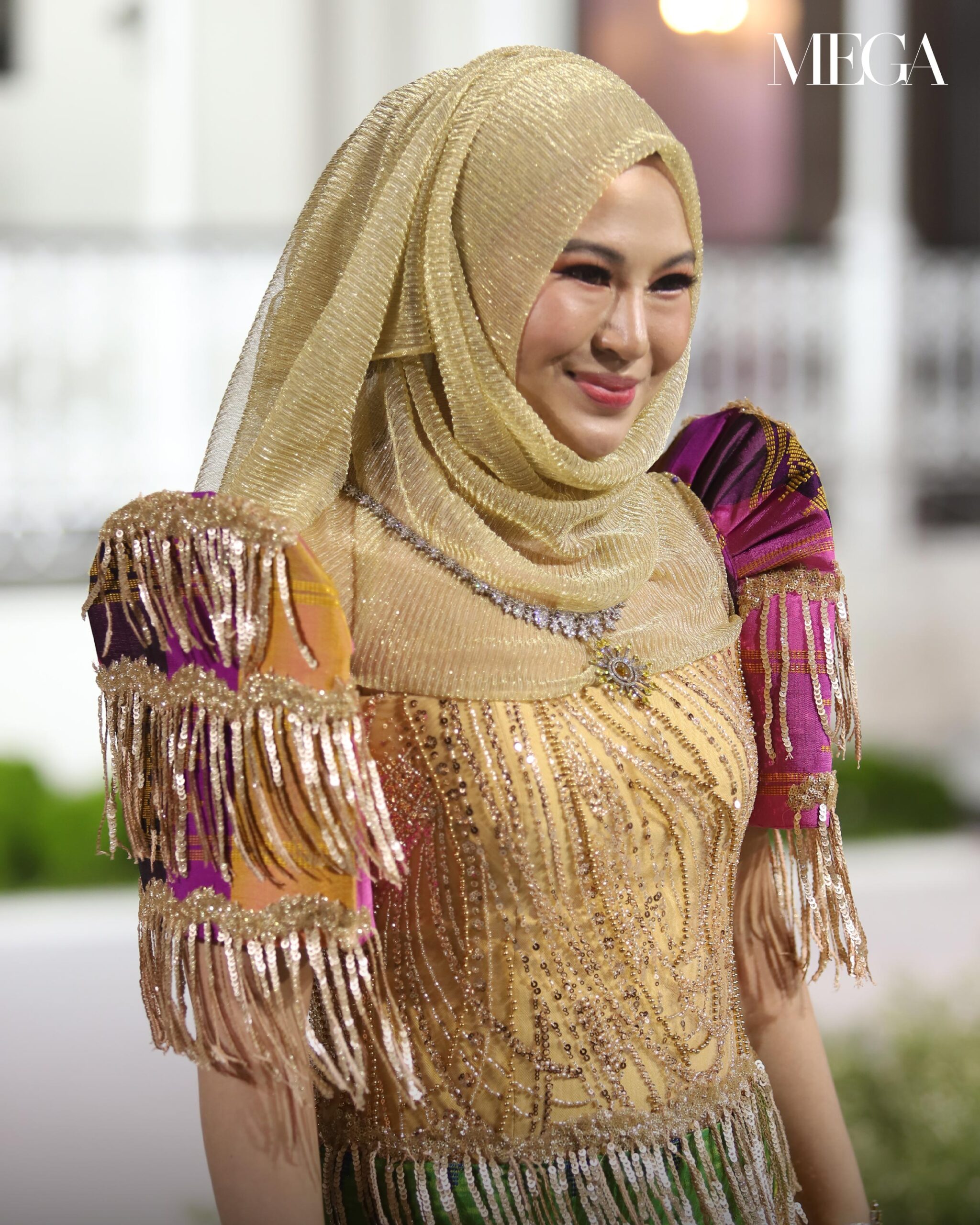
When the final notes of the music drifted away, a profound realization hung in the air, an unbreakable connection that binds us as Filipinos. The waters that cradle our shores, the language that flows from our lips in various dialects, and the DNA that courses through our veins all come together to create an intricate mosaic of shared experiences and intertwined destinies. In this moment, we knew, we remembered, we united.
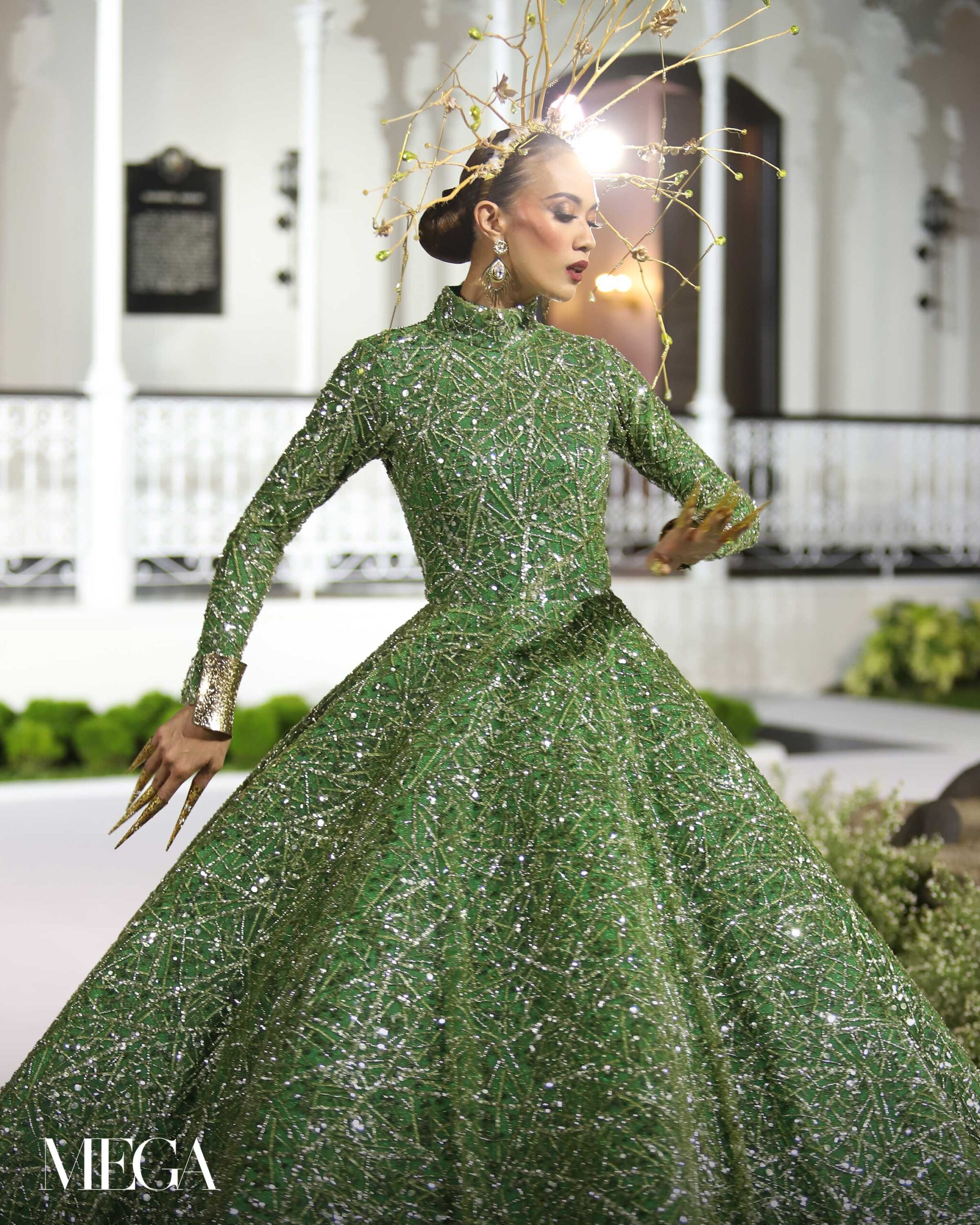
Photography EXCEL PANLAQUE







